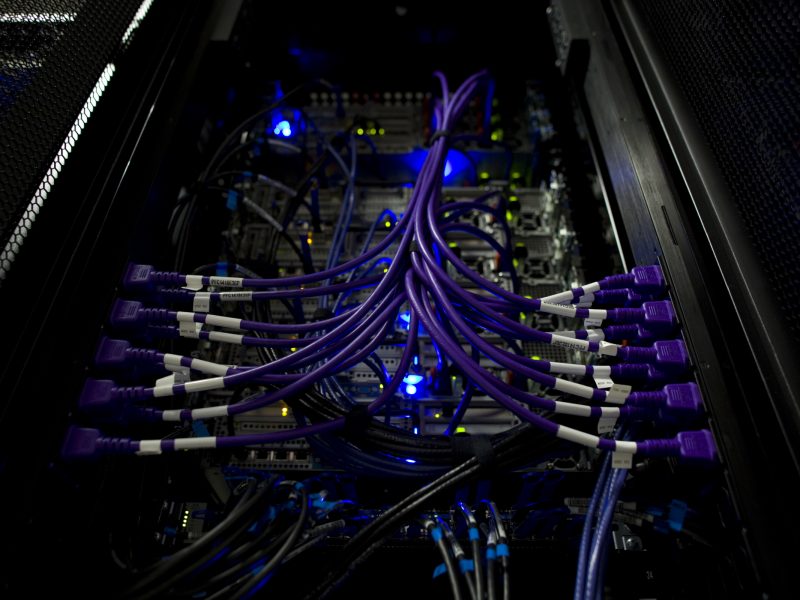Physically Unclonable Function (PUF) Hardware Arrangement for Increased Throughput
Description
The technology provides a method for authenticating distributed peripherals (e.g., smartphones, laptops, and the Internet of Things) on a network, using physical unclonable functions (PUFs) in an array. This architecture increases the system’s bandwidth by taking advantage of the host (H) and addressable PUF generator (APG) scalability. Bandwidth increases almost proportionally with the number of H/APG systems. In turn, the technology uses an array of components built with physical elements and a router to increase the bandwidth and throughput.
Additional information
Patent number and inventor
10,185,820, 10,484,188, and 10,491,408.
Bertrand Cambou
Potential applications
This technology is designed for use with cryptographic systems and authentication methods.
Benefits and advantages
A memory array can be a very economical way to design a large array of physically unclonable functions (PUFs) at different addressable locations. In the matrix, the plurality of host (H) and addressable PUF generator (APG) is configured so that two or more H/APGs operate at the same or overlapping times, greatly increasing the speed and efficiency of the invention.
Case number and licensing status
2017-011-03
This invention is available for licensing.
